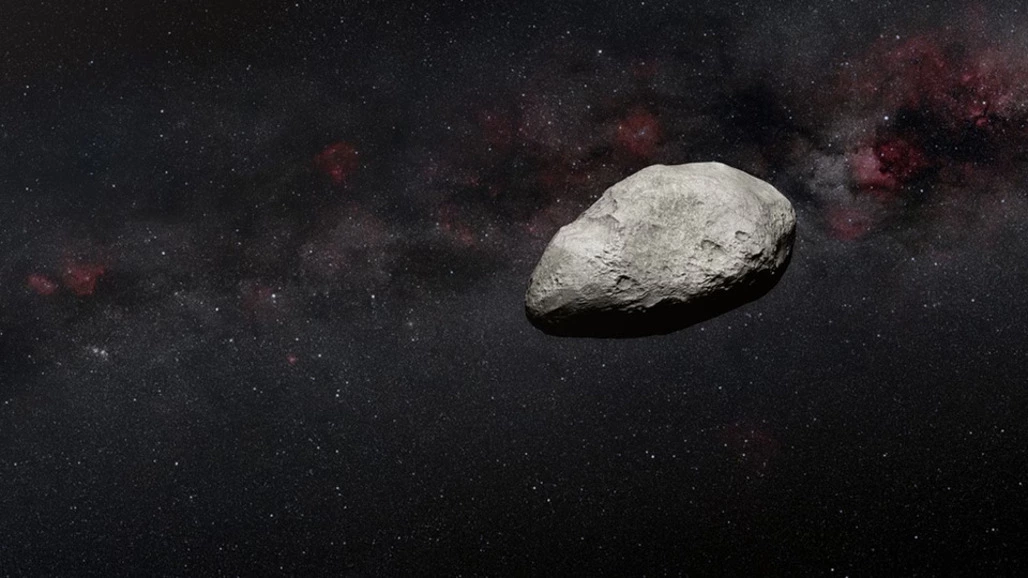Out of millions of asteroids in our solar system, there’s a very small fraction known to potentially impact Earth. But scientists uncovered a new one just two weeks ago that so far appears to pose one of the greatest threats of them all.
According to the European Space Agency, the asteroid that is known as 2023 DW, was only first discovered on February 26. It’s now been added to the agency’s Risk List, which is a record of space objects that could potentially have some kind of effect on Earth, and because of what scientists have so far noticed that’s why it’s ranking on the list currently at No. 1. But don’t worry, that doesn’t mean destructive harm is coming.
According to the scale, 2023 DW has a Torino Scale ranking of 1, meaning that it’s currently predicted to pose “no unusual level of danger”. Researchers consider that it has a 50-meter diameter that is about the length of an Olympic-sized swimming pool, but said that the “size uncertainty could be large.”
“Recent estimations indicate the possibility of collision is quite far-fetched with no causality for public awareness or public concern,” that ranking categorization states. All of the other 1,448 asteroids on the Risk List have a scale ranking of 0. The ESA currently estimates that the asteroid has a 1 in 607 chance of hitting Earth.
The soonest the asteroid would potentially affect Earth isn’t for more than two decades. According to the European Space Agency, it’s predicted that 2023 DW could impact the planet on Valentine’s Day 2046. According to the Risk List, it also can impact Valentine’s Days thereafter, from 2047 to 2051.
NASA’s Planetary Defense Coordination Office says that it has been monitoring the asteroid and that its risk of affecting Earth in 2046 remains “very small.”
Astronomer Piero Sicoli said he believes there’s about a “1 in 400 chance” that the asteroid will have an impact. “Surely this possibility will soon be ruled out,” he tweeted last week. “However, as an exercise, I calculated where the asteroid might fall if this possibility occurred.”
A map of his calculations indicates that if it were to hit Earth, it could fall anywhere between the Indian Ocean to just off the U.S. East Coast.
You can track the asteroid on NASA’s website.




